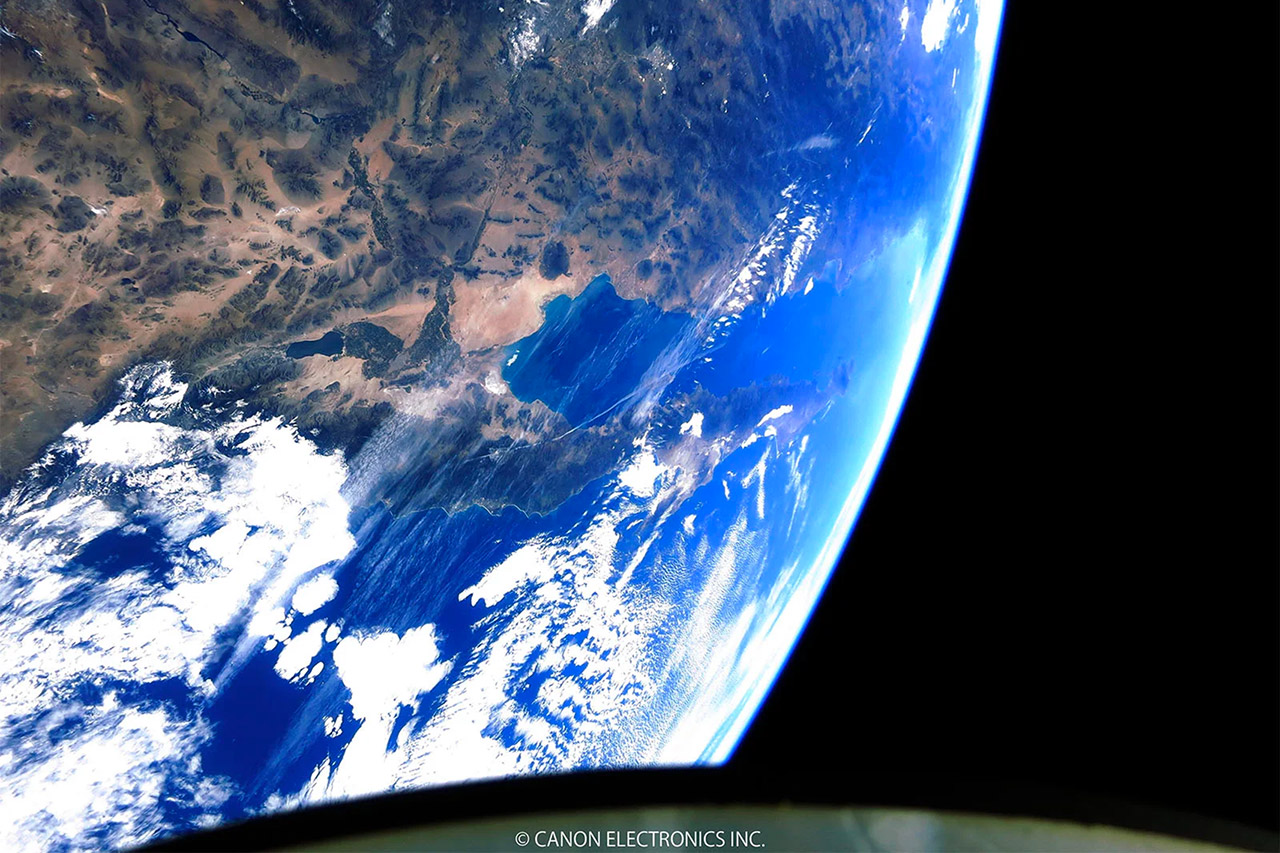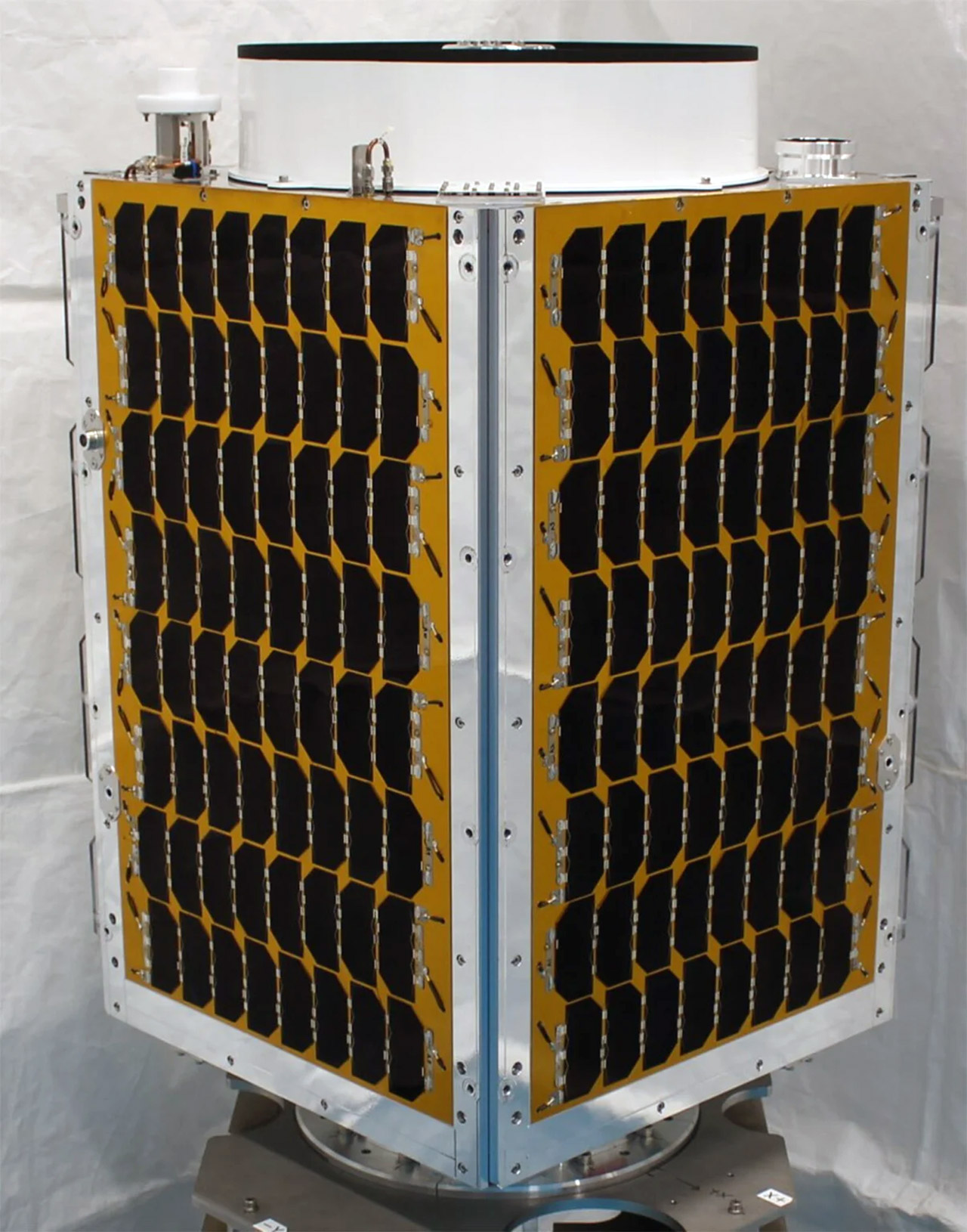The innovative Canon CE-SAT-IE microsatellite, which has made a significant step forward in the development of space technologies, has overcome the limits of the Earth’s atmosphere by establishing uninterrupted communication with the Canon Electronics ground station in Akagi (Japan). Starting its journey on February 17, 2024, from the Launch Complex, the CE-SAT-IE satellite was launched into outer space from the famous JAXA Tanegashima Space Center.

Just two days after that, a compact but powerful digital camera on board the Canon PowerShot S110 satellite captured a touching view of the Gulf of California from an altitude of 1,000 km. This region, listed as a UNESCO World Heritage Site and nicknamed the Aquarium of the world, is a haven for many diverse ecosystems.
The PowerShot S110 only complements the main Canon EOS R5 high-resolution mirrorless camera with an aperture of 400 mm. This high-quality optical camera duo is capable of capturing photos from an orbital altitude of 670 km, measuring 6.5 x 4.3 km with an object clarity of about 80 cm.
The brainchild of precise Japanese engineering, CE-SAT-IE has a compact form factor, weighs only 70 kg and measures 50 x 50 x 80 cm. Canon’s proficiency in developing its own optical systems equipped with a variety of sensors and actuators resonates in this miniature miracle of aerospace ingenuity, complemented by two cameras.

Ready for a wide range of photographic tasks covering both the terrestrial and celestial spheres, Canon views CE-SAT-IE as the vanguard in remote sensing applications, contributing to the development of geospatial intelligence to mitigate the effects of natural disasters and strengthen global security through satellite imagery.
This ultra-modern satellite is a pioneer in the Canon legacy, which replaced its predecessor, the CE-SAT-1. The predecessor had cameras with a resolution of 22.3 megapixels, while the CE-SAT-IE is equipped with a main camera with 45 megapixels, which embodies the essence of progress in space research and imaging technology, which is constantly evolving.
Canon’s entry into the satellite imagery market was announced during the Consumer Electronics Show (CES) in 2021. However, the company was too late, because its main competitor Nikon provides astronauts with its cameras and develops models for photographing the Moon by the future crew of the Artemis III mission.
Earlier, we reported on how the ISS astronauts showed stunning images of the Earth from space.
According to techeblog.com
Follow us on Twitter to get the most interesting space news in time
https://twitter.comne/ust_magazine


